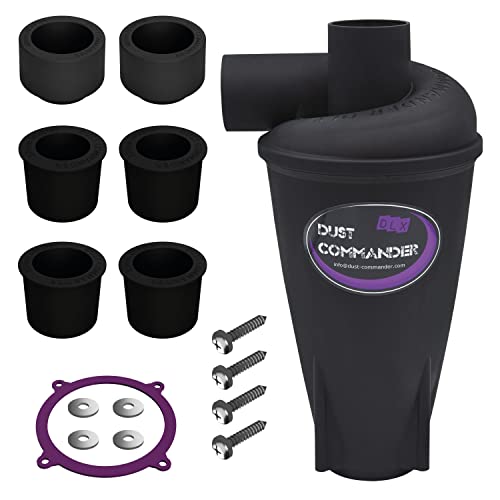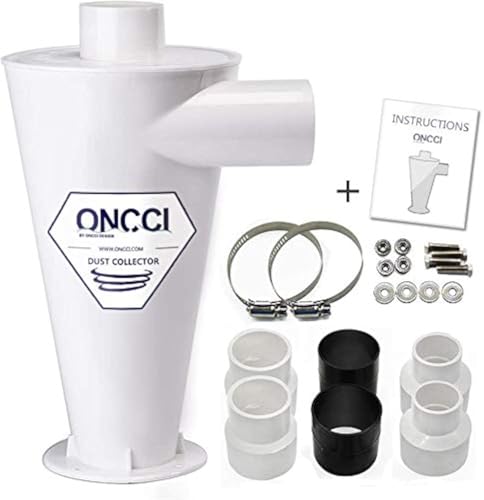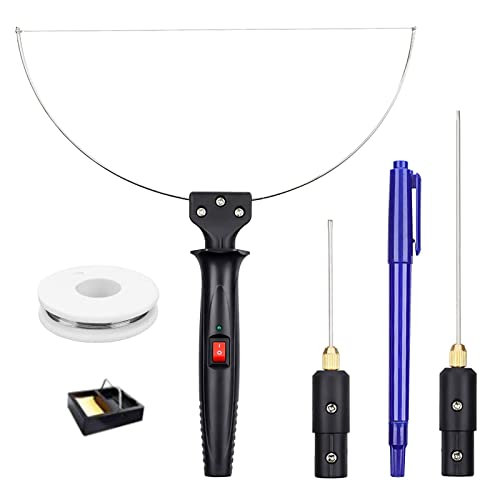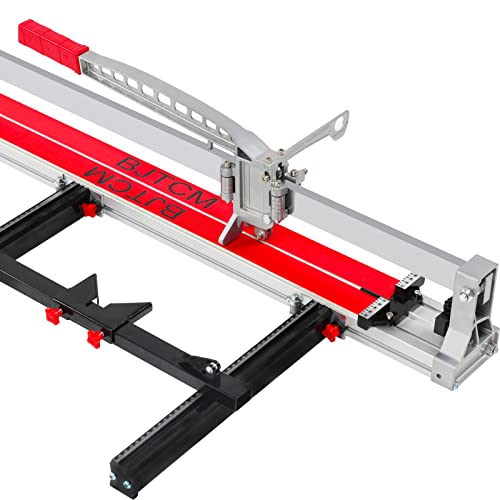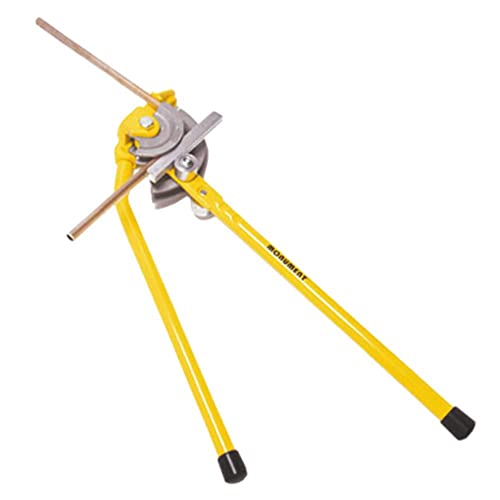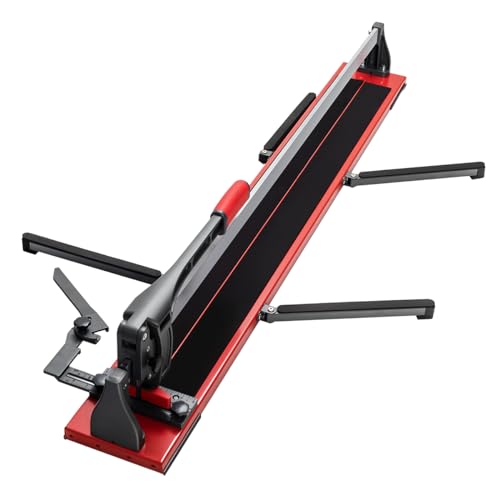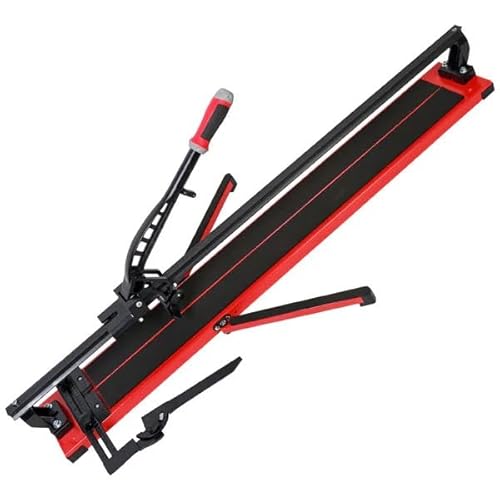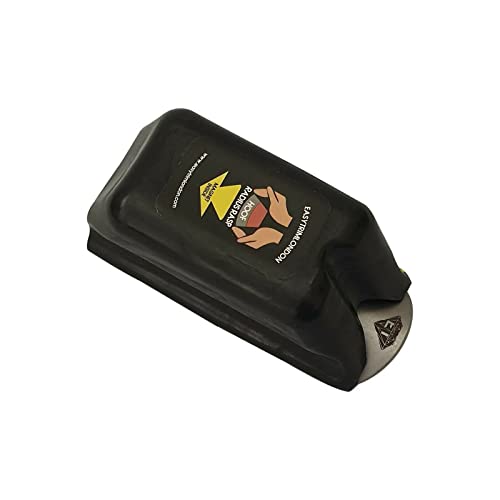Understanding Cyclone Dust Collectors: How They Work and Their Benefits
The Basics of Cyclone Dust Collection
Cyclone dust collectors are devices designed to remove dust and debris from the air, making the environment cleaner and healthier. They operate using a centrifugal force that spins particles out of the air. Imagine a tornado – as air spirals, heavier particles move outward and drop into a collection bin. This simple yet effective mechanism ensures that larger and heavier dust particles are captured before they can escape into the workspace.
Why Use a Cyclone Dust Collector?
Investing in a cyclone dust collector has numerous benefits, especially for those working in environments with woodwork or metalwork. These machines not only drastically reduce airborne dust, improving air quality, but they also protect your equipment and machinery from dust accumulation, which can cause wear and tear. Ultimately, cleaner air contributes to a healthier workspace, reducing health risks for all users.
Choosing the Right Size Cyclone Dust Collector for Your Space
Assessing Your Workspace Needs
To select the right size cyclone dust collector, we need to consider the scale of your operations. Smaller workshops may benefit from a compact collector, while larger industrial spaces will require a more powerful unit. Calculate the total airflow you need by looking at the combined airflow requirements of all the machines in your workshop. This measurement will dictate the size of the cyclone dust collector that will effectively suit your needs.
Understanding Airflow and CFM
Airflow is measured in cubic feet per minute (CFM), and this is a crucial factor when selecting a cyclone dust collector. For example, if you have several machines running simultaneously, choose a collector that offers 20% more CFM than your calculation to ensure optimal performance. This will help avoid clogs and ensure that all dust is effectively managed during operation.
Key Features to Look for in a Cyclone Dust Collector
Suction Power and Efficiency
When examining cyclone dust collectors, look closely at their suction power. High-efficiency motors and well-designed impellers can significantly impact a collector’s effectiveness. We should also seek models constructed from durable materials to handle tough environments without compromising performance.
Filter Quality and Maintenance
The filter system is another critical feature to consider. Select a collector with a high-quality filter capable of trapping small particles. Easy access for cleaning and replacement is a definite advantage, making it simple to maintain your system without excessive downtime.
Setting Up Your Cyclone Dust Collector: Tips for Optimal Performance
Strategic Location and Positioning
Where you place your cyclone dust collector can dramatically influence its efficiency. It should be positioned close to your machines for minimal ductwork and to maximise suction. The setup should also allow easy access for maintenance and inspection.
Ductwork Matters
Proper ductwork is essential to maximise the benefits of your cyclone dust collector. Use smooth fittings and appropriately sized ducts to prevent air turbulence and loss of suction. Remember, closer is better, and keep bends and turns to a minimum for the best airflow.
Maintaining Your Cyclone Dust Collector for Longevity and Efficiency
Routine Cleaning and Inspection
Regular maintenance is key to ensuring the longevity and efficiency of your cyclone dust collector. Make it a habit to regularly clear out the dust collection bin and check the filters for clogs or obstructions. Keeping these components clean helps maintain optimal airflow and performance.
Understanding Wear and Tear Signs
Being aware of signs of wear and tear will help us address issues before they escalate. Watch for decreased performance, unusual noises, or dust escaping from the collector, as these can indicate that repairs or replacements are necessary. Regular maintenance checks can save us from costly repairs in the long run.

